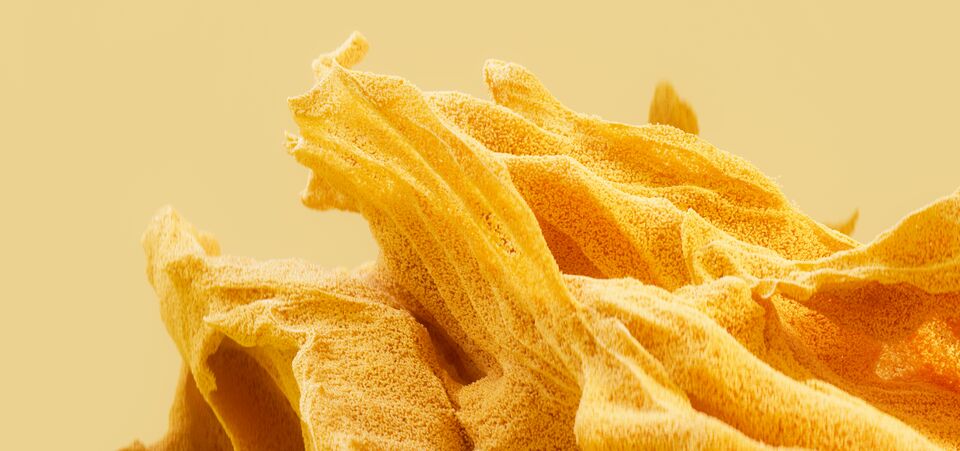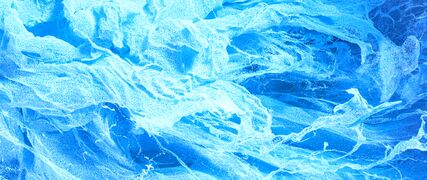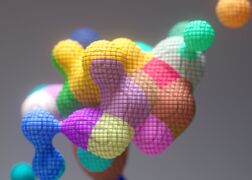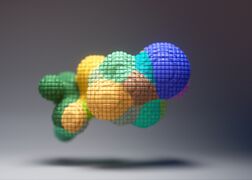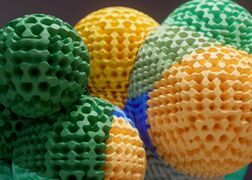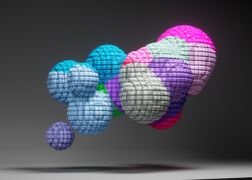Difference between revisions of "Live 2022.08.26"
Views
Actions
Namespaces
Variants
Tools
| Line 45: | Line 45: | ||
<gallery mode="packed"> | <gallery mode="packed"> | ||
File: | File:2022_08_26_flip_splash_particle_spinner_v012.jpg | ||
File:2022_08_23_material_USD_009_cam2.jpeg | File:2022_08_23_material_USD_009_cam2.jpeg | ||
File:2022_08_23_material_USD_008.jpeg | File:2022_08_23_material_USD_008.jpeg | ||
Revision as of 10:48, 14 September 2022
Samsung s22 Style Particle Rendering
Scene File
Download the Houdini file: 2022_08_23_materialx_USD_008.hiplc
Summary
Starting with a basic FLIP simulation which spins the fluid about the origin and injects turbulence into faster moving areas, we look at techniques to light, shade and render the particles like the recent Samsung s22 campaign.
Over the course of the stream a few different compositions, lighting setups and color treatments are explored as well as PostFX color correcting and grading.
Video On Demand
- 00:00:00 Introduction
- 00:01:35 simulation overview
- 00:08:40 bringing simulation cache in
- 00:09:42 viewport settings for particles
- 00:16:05 particle density visualized as color
- 00:27:50 setting up cameras
- 00:30:13 adding redshift parms for particle rendering
- 00:31:50 preview rendering
- 00:33:30 crop particles to camera frustum
- 00:43:07 adding rect lights
- 00:52:10 making particle shader
- 01:15:25 starting another color and composition
- 01:36:00 starting another color and composition
- 02:04:00 wrapping up
To speed up render times when rendering particles like this, you can reduce the reflection trace depth.
Links
You can read more about using MaterialX in Karma and Solaris here.
The MtlX Standard Surface node is based off of the Autodesk Standard Surface
For more details, see the MaterialX specification on the nodes, functionality and capabilities.
